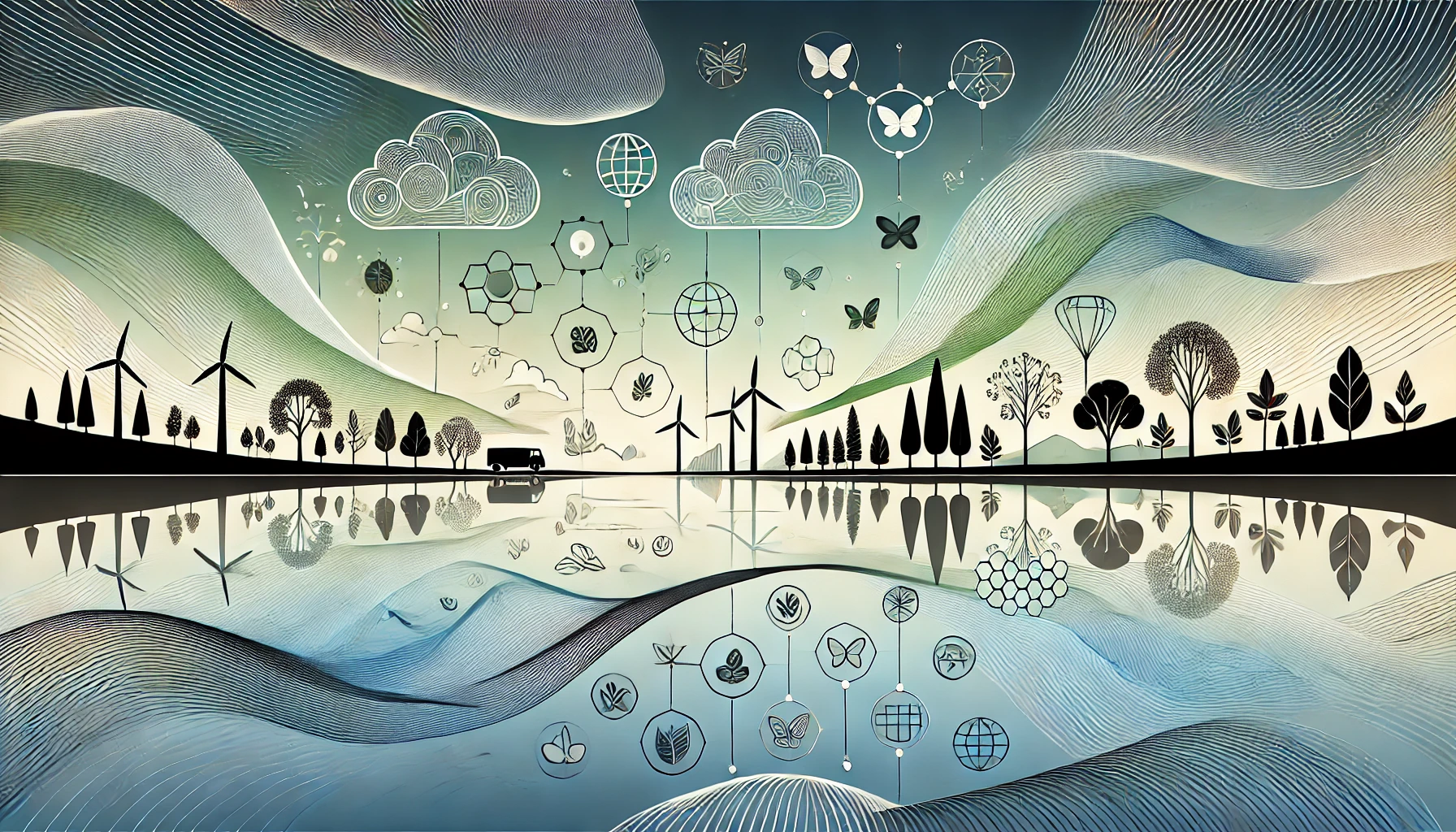The intersection of biodiversity, climate, and technologies for peace

The Conferences of the Parties (COP) serve as crucial platforms to address global challenges related to climate change, biodiversity, and innovative technological solutions. COP16, under the Convention on Biological Diversity (CBD), and COP29, organized within the framework of the United Nations Framework Convention on Climate Change (UNFCCC), highlight two complementary dimensions of these global challenges. The participation of the European Membrane House in these events underscores the key role of technologies in building a sustainable and peaceful future.
COP16: biodiversity and peace with technological support
COP16, held in October 2024 in Cali, Colombia, highlights the theme “Peace with Nature,” with a special focus on protecting biodiversity in fragile and conflict-affected areas. EMH, as an actor in membrane technologies, actively participates in promoting innovative solutions for natural resource management, particularly in regions affected by social or environmental tensions.
EMH’s involvement in COP16 reflects its commitment to providing concrete tools, such as advanced membranes for water treatment and pollution reduction, which can enhance the resilience of local communities while supporting biodiversity conservation efforts. These technological solutions align with the approach promoted by Peace@CBD, which emphasizes the links between conservation, human rights, and sustainable governance.
COP29: climate, conflicts, and integrated solutions
At COP29, which focus on the interactions between climate change and social instability, EMH takes a part in promoting technological strategies that support both emission reductions and resource management in crisis contexts. Membrane solutions, recognized for their energy efficiency and low environmental footprint, are highlighted as essential tools to address climate finance and adaptation challenges.
By collaborating with Peace@COP, EMH plays a role in shaping conflict-sensitive policies where technologies are integrated to prevent tensions related to resource scarcity. For example, membranes can be used to improve access to drinking water in vulnerable areas, thereby reducing community conflicts and strengthening resilience to climate change.
A synergy between biodiversity, climate, and innovation
These two COPs highlight the necessity of synergies between biodiversity, climate, and technological solutions. It illustrates how technological innovations can enhance global conservation and adaptation efforts while supporting peace and stability. By working alongside organizations such as Peace@CBD and Peace@COP, EMH demonstrates that membrane technologies are not just scientific tools but strategic levers for sustainable and peaceful development.
These conferences represent an unprecedented opportunity to unite the efforts of the international community, scientists and technological innovators to build a resilient future where climate, biodiversity, and peace coexist harmoniously.


